Honey at the château
Since June 2017 we have had 3 colonies of bee-hives installed behind the mediaeval castle which are producing honey.
The BEE-KEEPER – DAVID DELAPORTE
« After some years of bee-keeping in the center of urban Paris and at his hives in the Loire Valley, David Delaporte has created API-PLANETE in order to concentrate entirely on his passion for bees.
Api-Planète undertakes support for organisations which are developing research programmes to safeguard bees.
Our hives will soon be accessible to the public. We will certainly keep you informed on our web-site. With our bee-keeper we are studying ways to make the activities of the hives, open to all.
You can already accompany the bee-keeper when he visits the hives. He has suitable clothing available to you !
At the moment 2 of the 3 colonies are doing well and and have already produced 15 Kg of honey. We can’t wait to taste it. We will be making another collection at the end of august for the summer honey. They will soon be jars of honey for sale at the château shop. Don’t forget that honey is good for your health .
The third hive had lost its queen and so, is late to produce. Nevertheless, the new queen has taken charge and the colony has been at work.






